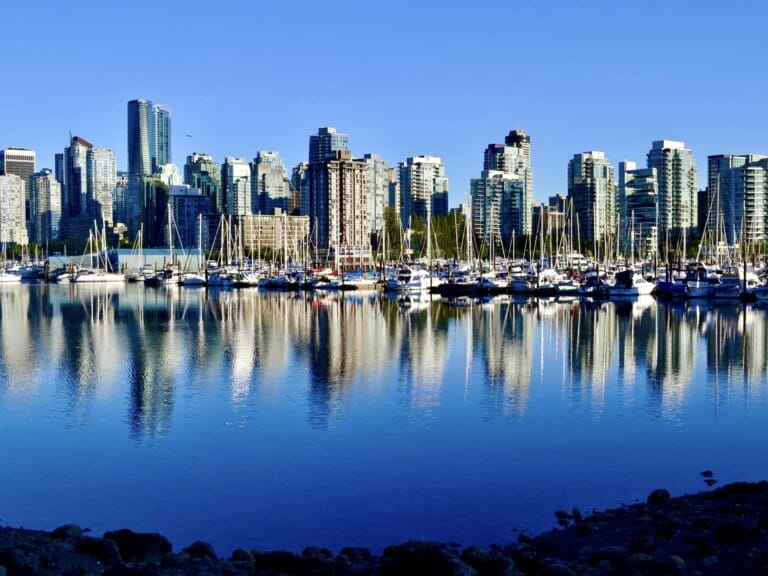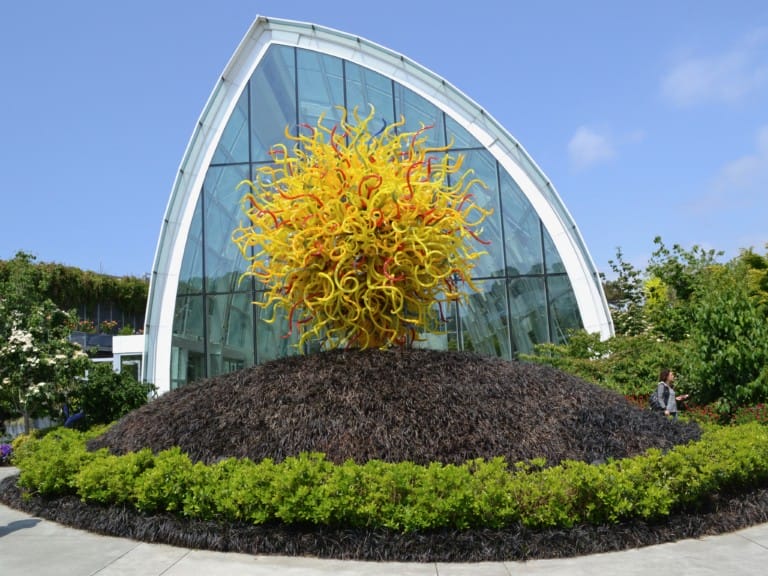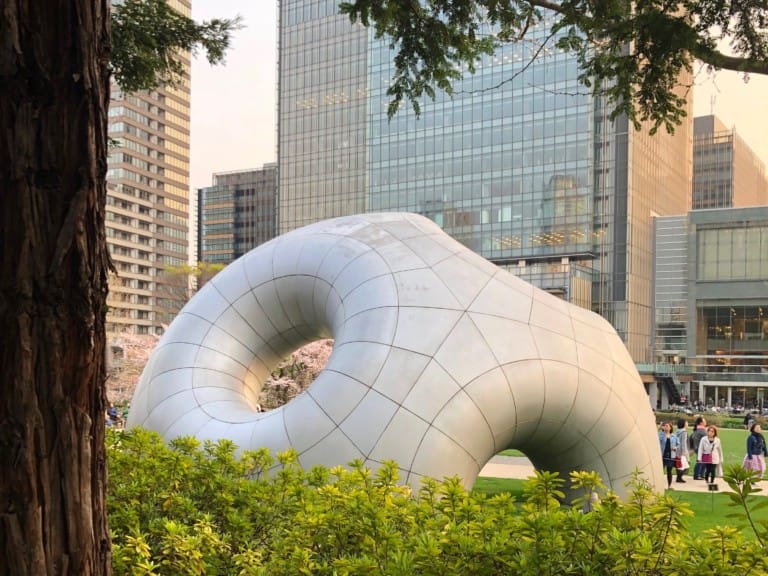Last month’s Specialty Coffee Association of America conference drew the top coffee talent in the U.S., but didn’t stop there, as the mega-event magnetized the globe. Representatives from every coffee producing nation were on the showroom floor at the Anaheim Convention Center, and many pros were happy to discuss their nation’s caffeinated contributions. By no means will this offer you a full picture of a country’s coffee culture, but it is information from the source.
INDIA
I interviewed Jacob Mammen, Managing Director of Badra Estates.
Tell me about Badra Estates.
Badra Estates has been in our family for the last 70 years. It started with my grandfather and uncles. It was originally opened in the 1870s.
Is that when coffee first started to predominate in India?
A little before that. The British first opened up the forests and started planting commercially. That happened around the 1860s and 1870s. This farm was opened after the jungle was cleared in the 1870s.
How has the farm changed since your family’s been involved?
I don’t think it’s changed that much, because I had the great grandson of the founder of the farm there last month, and he wanted to see his great grandfather’s house and things like that. The infrastructure’s far better. You don’t have as many wild animals as there used to be. They must have opened this under tremendous conditions, very hostile conditions, clearing the jungle, no transportation, no electricity. Things have changed, but essentially the farms are still the same. You can see the shape.
What varietals do you grow?
We have our Indian varietals, Selection 9, Selection 795 and more. These are all our selections. It’s not like Bourbon and Cattura.
What are some hallmarks of Indian coffee?
Generally, I’d say there are a lot of high acidity coffees, medium acidity, very good body, flavor notes of chocolate and citrus.
What sets your farm apart, what you’re producing versus what other farms are producing in India?
What we’re trying to do is to make the farm sustainable. We grow coffee. We roast the coffee. We have a home stay. People can come and stay there. During harvest time we let you pick coffee for ten minutes, then you can roast it and then you can taste it. You can see the beauty of the area, see the mountains, go rafting, cycling, night walks on the estate. Because it’s a forest, we’re trying eco-tourism, where you can learn about the coffee and see it from seed to cup.
What’s the future of Indian coffee?
It’s going to be very hard. In the last three years, I’ve seen climate change, climate change in that I’ve seen things happen that are not supposed to. Last year we rain at the harvest and lost 25-30% of our crop within the course of the week. This year the same thing happened again but not as bad as last year. Because we rely on volume when growing something, I think we feel it more…For us this is very real.
What can you do to protect yourself?
Very little. The other thing is the labor problem…People are moving to cities. One answer is to mechanize, but there, mechanization is very difficult in those areas because we are in the shade, and we grow it on slopes. In flat areas with no shade, it is easier to mechanize. These are going to be the biggest challenges fro the Indian coffee industry.









Blog Comments
Cesar
May 1, 2016 at 3:17 PM
This makes me want to go back to El Salvador. Just to try the coffee there.
I went once when I was about 7 years young, and I miss the atmosphere completely.
Thanks for sharing this! 🙂
Coffee Barista Training Course. | new lasik
May 20, 2010 at 2:01 AM
[…] Food GPS » Countries of Coffee Origin: India and El Salvador […]